De: R$ 0,00Por: R$ 163,76ou X de
De: R$ 0,00Por: R$ 163,76ou X de
| Origem | Literatura Estrangeira |
|---|---|
| Quantidade de Páginas | 474 |
| Acabamento | Capa Comum |
| Autores | Dr Geoff Mohr |
| Idioma | Inglês |
| Edição | 0 |
| Selo | Australian Self Publishing Group |
 Hitler e Churchill
Hitler e Churchill
Companhia das Letras
R$ 99,90 à vista History of the Conflict between Religion and Science
History of the Conflict between Religion and Science
Bibliotech Press
R$ 143,31 ou até 2x sem juros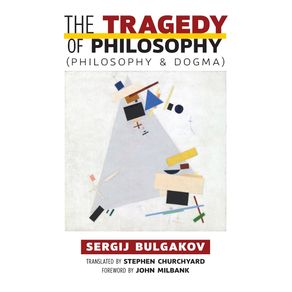 The Tragedy of Philosophy (Philosophy and Dogma)
The Tragedy of Philosophy (Philosophy and Dogma)
Angelico Press Ltd
R$ 170,33 ou até 3x sem juros Las hazañas del incomparable Mulá Nasrudín
Las hazañas del incomparable Mulá Nasrudín
ISF Publishing
R$ 88,84 à vista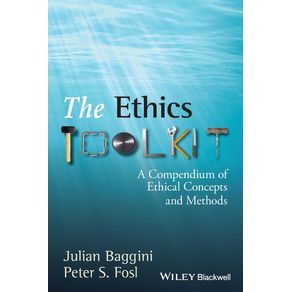 ETHICS TLKT
ETHICS TLKT
John Wiley & Sons
R$ 259,19 ou até 3x sem juros LArgent
LArgent
FV éditions
R$ 108,40 ou até 2x sem juros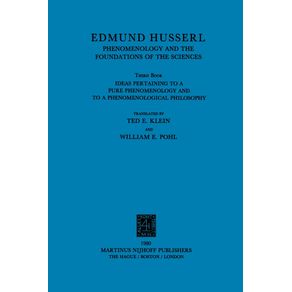 Ideas Pertaining to a Pure Phenomenology and to a Phenomenological Philosophy
Ideas Pertaining to a Pure Phenomenology and to a Phenomenological Philosophy
Springer Nature B.V.
R$ 2.304,70 ou até 3x sem juros Mind, Matter and the Implicate Order
Mind, Matter and the Implicate Order
Springer Nature B.V.
R$ 924,22 ou até 3x sem juros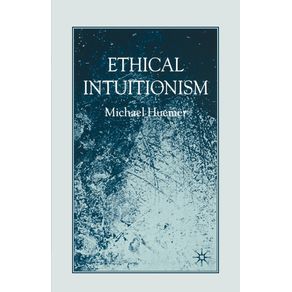 Ethical Intuitionism
Ethical Intuitionism
Springer Nature B.V.
R$ 417,92 ou até 3x sem juros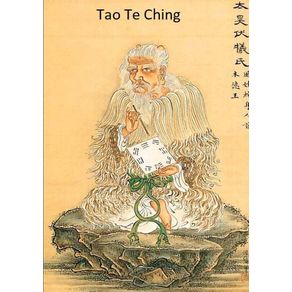 TAO TE CHING Libro della Via e della Virt?
TAO TE CHING Libro della Via e della Virt?
Lulu Press
R$ 77,19 à vista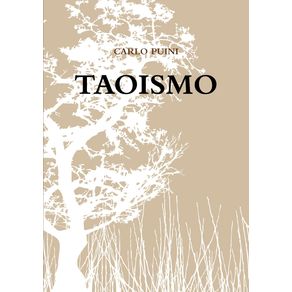 TAOISMO
TAOISMO
Lulu Press
R$ 74,45 à vista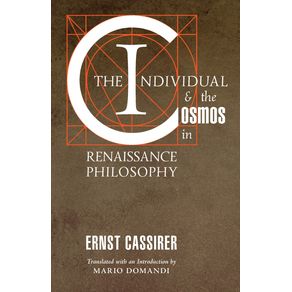 The Individual and the Cosmos in Renaissance Philosophy
The Individual and the Cosmos in Renaissance Philosophy
Angelico Press Ltd
R$ 153,92 ou até 3x sem juros Les Formes de lamour implicite de Dieu
Les Formes de lamour implicite de Dieu
FV éditions
R$ 93,66 à vista The Eternal Truth
The Eternal Truth
M A Center
R$ 102,75 ou até 2x sem juros Talks, Volume 1 (Revised Edition)
Talks, Volume 1 (Revised Edition)
M A Center
R$ 113,14 ou até 2x sem juros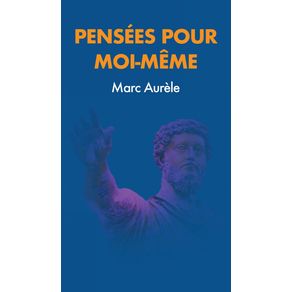 Pensées pour moi-même
Pensées pour moi-même
FV éditions
R$ 140,05 ou até 2x sem juros A history of Indian philosophy (Volume IV) Indian Pluralism
A history of Indian philosophy (Volume IV) Indian Pluralism
Alpha Editions
R$ 155,41 ou até 3x sem juros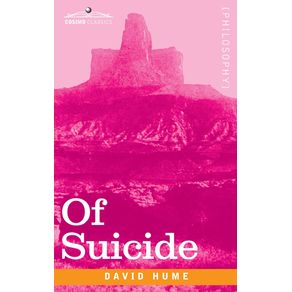 Of Suicide
Of Suicide
Cosimo
R$ 61,65 à vista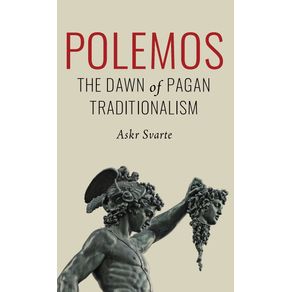 Polemos
Polemos
PRAV Publishing
R$ 238,50 ou até 3x sem juros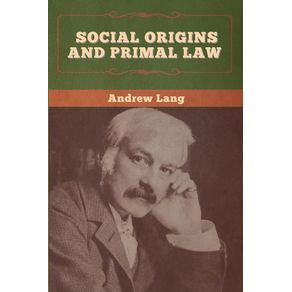 Social Origins and Primal Law
Social Origins and Primal Law
Bibliotech Press
R$ 129,02 ou até 2x sem juros Las hazañas del incomparable Mulá Nasrudín
Las hazañas del incomparable Mulá Nasrudín
ISF Publishing
R$ 88,84 à vista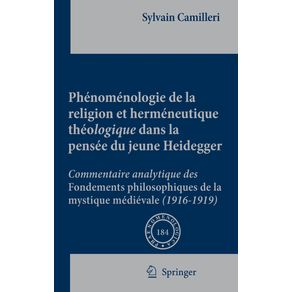 Phénoménologie de la religion et herméneutique théologique dans la pensée du jeune Heidegger
Phénoménologie de la religion et herméneutique théologique dans la pensée du jeune Heidegger
Springer Nature B.V.
R$ 1.316,07 ou até 3x sem juros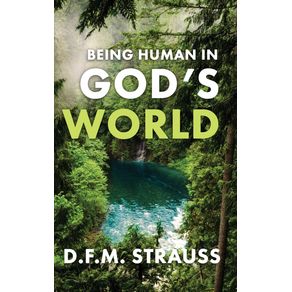 Being Human in Gods World
Being Human in Gods World
Paideia Press
R$ 161,38 ou até 3x sem juros TAO TE CHING Libro della Via e della Virt?
TAO TE CHING Libro della Via e della Virt?
Lulu Press
R$ 77,19 à vista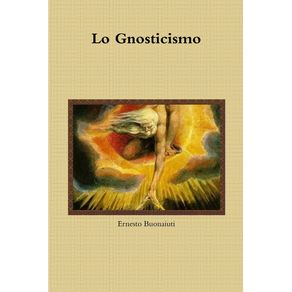 Lo Gnosticismo
Lo Gnosticismo
Lulu Press
R$ 127,08 ou até 2x sem juros CABALA DEL CAVALLO PEGASEO
CABALA DEL CAVALLO PEGASEO
Lulu Press
R$ 70,75 à vista Mondo Secreto - Secondo Volume (1898)
Mondo Secreto - Secondo Volume (1898)
Lulu Press
R$ 136,67 ou até 2x sem juros Elementary course of Christian philosophy
Elementary course of Christian philosophy
Alpha Editions
R$ 163,85 ou até 3x sem juros Talks, Volume 1 (Revised Edition)
Talks, Volume 1 (Revised Edition)
M A Center
R$ 113,14 ou até 2x sem juros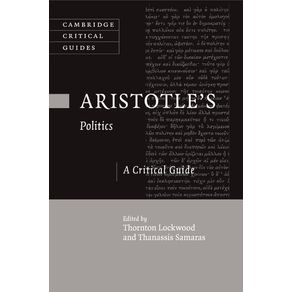 Aristotles Politics
Aristotles Politics
Cambridge University Press
R$ 252,37 ou até 3x sem juros Fascist Socialism
Fascist Socialism
Lulu Press
R$ 183,05 ou até 3x sem juros Ideas Pertaining to a Pure Phenomenology and to a Phenomenological Philosophy
Ideas Pertaining to a Pure Phenomenology and to a Phenomenological Philosophy
Springer Nature B.V.
R$ 2.304,70 ou até 3x sem juros How the Self Controls Its Brain
How the Self Controls Its Brain
Springer Nature B.V.
R$ 536,19 ou até 3x sem juros Dantes Pluralism and the Islamic Philosophy of Religion
Dantes Pluralism and the Islamic Philosophy of Religion
Springer Nature B.V.
R$ 499,82 ou até 3x sem juros Phénoménologie de la religion et herméneutique théologique dans la pensée du jeune Heidegger
Phénoménologie de la religion et herméneutique théologique dans la pensée du jeune Heidegger
Springer Nature B.V.
R$ 1.316,07 ou até 3x sem juros Phantasy, Image Consciousness, and Memory (1898-1925)
Phantasy, Image Consciousness, and Memory (1898-1925)
Springer Nature B.V.
R$ 4.945,98 ou até 3x sem juros Being Human in Gods World
Being Human in Gods World
Paideia Press
R$ 161,38 ou até 3x sem juros The Lotus Sutra - Saddharma-Pundarika
The Lotus Sutra - Saddharma-Pundarika
Pantianos Classics
R$ 109,86 ou até 2x sem juros TAO TE CHING Libro della Via e della Virt?
TAO TE CHING Libro della Via e della Virt?
Lulu Press
R$ 77,19 à vista Lo Gnosticismo
Lo Gnosticismo
Lulu Press
R$ 127,08 ou até 2x sem juros Mondo Secreto - Secondo Volume (1898)
Mondo Secreto - Secondo Volume (1898)
Lulu Press
R$ 136,67 ou até 2x sem juros The Individual and the Cosmos in Renaissance Philosophy
The Individual and the Cosmos in Renaissance Philosophy
Angelico Press Ltd
R$ 153,92 ou até 3x sem juros Elementary course of Christian philosophy
Elementary course of Christian philosophy
Alpha Editions
R$ 163,85 ou até 3x sem juros 108 ensinamentos sobre a fé
108 ensinamentos sobre a fé
M A Center
R$ 105,38 ou até 2x sem juros Spinoza and Medieval Jewish Philosophy
Spinoza and Medieval Jewish Philosophy
Cambridge University Press
R$ 249,81 ou até 3x sem juros